Work package 2
Understanding biodiversity in critical marine habitats
Image credit: Karim Iliya / Kogia
Critical marine habitats and their keystone species
WP2 explores how key marine species shape, structure and influence their habitats.
In particular, we’re interested in holobionts – including corals, kelp forests and deep-sea invertebrates found at key marine habitats such as estuaries, hydrothermal vents or coral reefs.
Literally meaning ‘whole living creature’, a holobiont is the collection of a host organism and all of its associated microorganisms. This symbiotic relationship influences both host biology and the wider ecosystem.
Through BIOcean5D, we will investigate the impact of human activities and stressors – including river runoff, bottom trawling and deep sea mining – on these holobionts.
To understand the role of holobionts in marine ecosystems, we’re studying the relationship between host species and their associated microorganisms. In kelp forests, for example, do all individuals within a population share the same microbiome? Does each have its own microbiome? And to what extent do they are microbial interactions conserved across different geographies?

Overall, this WP seeks to:
Characterise
the biodiversity associated with specific habitats to identify and understand functional interactions between species
Study
how abiotic (such as pH, water column phenomics and temperature) and biotic (such as feeding rate, reproduction and host-microbiome interactions) factors shape genetic variation of species within ecosystems, and how this changes across space and time
Explore
how interconnectivity between organisms contributes to population dynamics and life cycle strategies, and whether this changes with environmental pressures
“Studying how species interact will provide new information to understand and protect their ecosystems in which the live.”
Raffaele Siano
Ifremer, France
Susana Coelho
Max Planck Institute for Biology, Germany
“Organisms are never really alone.
By studying holobionts, these huge interwoven communities, we can learn much more about how organisms interact, and how these interactions influence the wider ecosystem.”
Susana Coelho
Max Planck Society (Max-Planck-Gesellschaft), Germany
